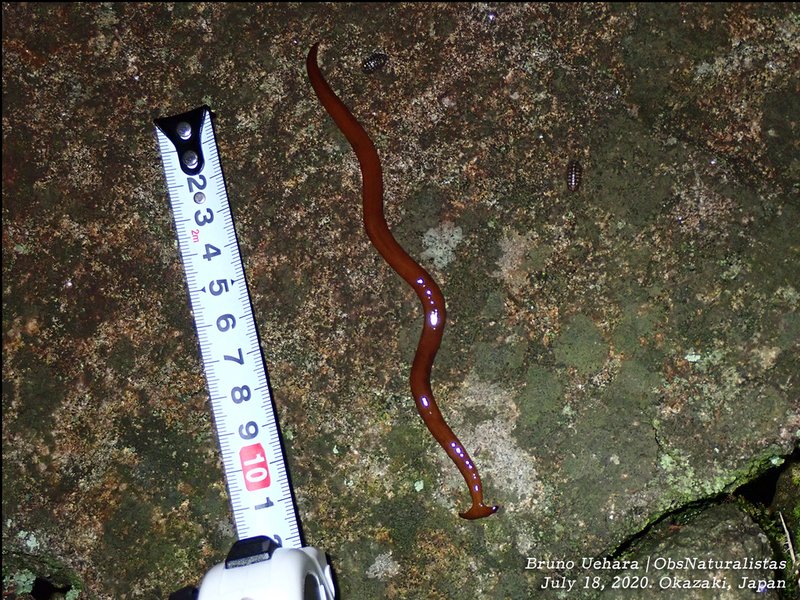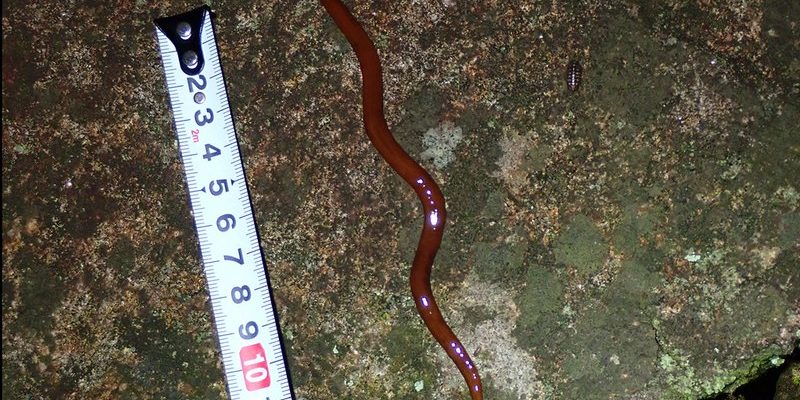
So, what exactly are hammerhead worms? Imagine a slimy, flat noodle, but instead of a smooth surface, it has a head shaped like a hammer. These worms belong to a group called *Bipalium*, and while they originate from tropical regions, they have recently made their way into other areas, thanks to climate changes and plant shipping. Understanding how these worms can impact your greenhouse is essential for any gardener wanting to maintain a healthy environment.
What Are Hammerhead Worms?
To truly grasp the risk hammerhead worms present, we need to understand what they are. These worms are not your average garden variety; they possess a unique hammer-shaped head that gives them their name. Hammerhead worms can grow up to a foot long and can be found in various colors, such as brown, gray, or even vibrant shades of orange and yellow.
Their main claim to fame—or infamy, depending on how you look at it—is their diet. Hammerhead worms are carnivorous and feast primarily on earthworms. Yes, the very earthworms that help aerate your soil and enrich it with nutrients. So, if you see these guys wriggling around in your greenhouse, it’s time to take notice.
Here’s the thing: while they may look harmless, their appetite poses a serious risk. These worms can disrupt the delicate balance of your greenhouse’s ecosystem, affecting plant growth and soil health.
How Do Hammerhead Worms Enter Greenhouses?
Now that you know what these worms are, you might be wondering how they manage to sneak into your greenhouse in the first place. Hammerhead worms can hitch a ride on plant materials, soil, or even gardening tools. If you’ve recently brought in new plants or soil from the outside, there’s a chance that these little guys tagged along.
They’re also known to thrive in warm, humid conditions—ideal for a greenhouse. If you keep your greenhouse warm and moist, you might unknowingly provide the perfect environment for them to flourish.
Take a moment to consider this: if you regularly procure plants from garden centers or swap cuttings with fellow gardeners, you may be unwittingly introducing these pests into your space. Regularly inspecting new plants before bringing them into your greenhouse can help you avoid this common pitfall.
Identifying Hammerhead Worms
Before you can deal with hammerhead worms, you need to be able to identify them. Look for elongated, flat bodies that can range from a few inches to a foot long. The distinct hammer shape at their head is a dead giveaway, along with their smooth skin.
You might first notice them when you see them crawling on the ground or hanging around your pots. They tend to come out in moist conditions, so check your greenhouse after a rain or if you’ve watered heavily.
Here’s a little insight: if you’re uncertain whether what you’ve found is a hammerhead worm, you can perform a *simple test*. When disturbed, hammerhead worms typically contract quickly, almost as if they’re trying to hide. If you see that behavior, it’s likely you’ve got a hammerhead worm on your hands.
The Risks Hammerhead Worms Pose
So, why should you care about these peculiar worms? For starters, their diet of earthworms can lead to a decline in soil health. Earthworms play critical roles in maintaining soil structure, fertility, and aeration. Without them, your plants may struggle to grow as robustly as they should.
Moreover, hammerhead worms can also compete with beneficial organisms for resources, further disturbing the balance in your greenhouse ecosystem. This can lead to lower crop yields, which is the last thing you want if you’re trying to grow your own food.
While they don’t directly harm plants, the effects of their predation on earthworms can have a cascading impact on the overall health of your greenhouse environment. If you start noticing your plants looking droopy or not thriving as expected, hammerhead worms may be part of the problem.
How to Manage and Control Hammerhead Worms
If you find hammerhead worms in your greenhouse, don’t panic! There are steps you can take to manage these slippery pests.
First, maintain a clean greenhouse. Remove debris, fallen leaves, and other organic matter where these worms could hide and breed. Keeping the area dry and well-ventilated can also discourage their presence.
You can also employ some physically invasive methods. Handpicking might be labor-intensive, but it’s one of the most effective ways to eliminate them. Wear gloves, though—these worms can release a toxin that may irritate your skin.
Another option is to apply a natural pesticide. Look for products that specifically target hammerhead worms and are safe for use in greenhouses. Always read and follow the instructions carefully to protect your plants and soil.
Preventing Future Infestations
After you’ve dealt with a hammerhead worm issue, it’s crucial to take steps to prevent future infestations. Here are some effective strategies:
- Inspect New Plants: Before adding new plants to your greenhouse, check them carefully for any signs of hammerhead worms or other pests.
- Use Sterilized Soil: Whenever possible, use sterilized soil or compost to reduce the risk of introducing pests.
- Regular Maintenance: Keep your greenhouse tidy and regularly check for any signs of unwanted guests.
- Monitor Humidity: Maintain appropriate humidity levels to make your greenhouse less appealing to hammerhead worms.
By implementing these measures, you can greatly decrease the chances of hammerhead worms returning to your greenhouse.
Hammerhead worms may seem like just another curious creature in the gardening world, but they can pose serious risks to your greenhouse. By understanding what these worms are, how they enter your space, and the dangers they present, you can take proactive steps to manage and control their presence.
Remember, a little vigilance goes a long way. Regular inspections, maintaining cleanliness, and taking preventative measures can help ensure that your greenhouse remains a thriving sanctuary for your plants. With a bit of effort, you’ll keep those unwanted guests at bay and enjoy the bountiful rewards of your green thumb!

